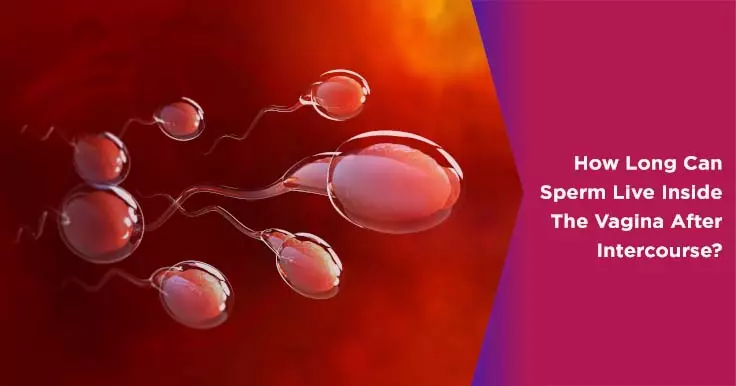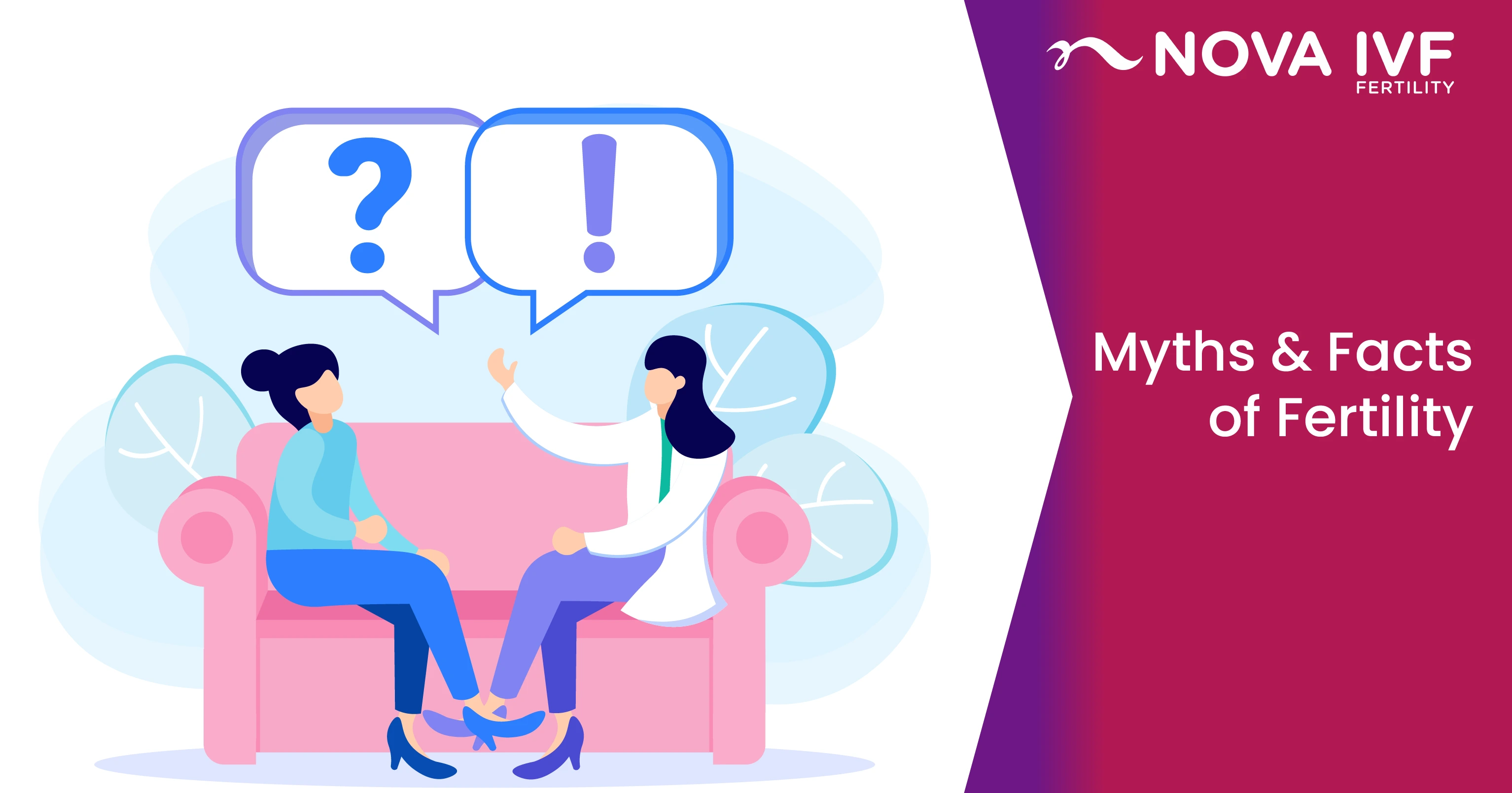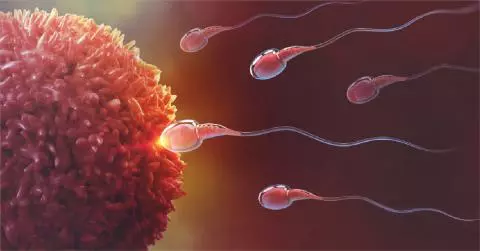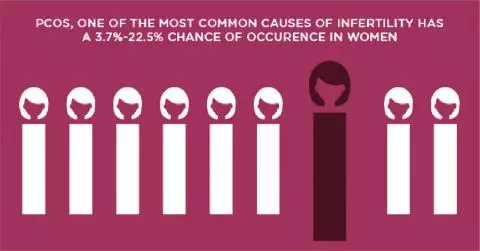How Long Does Sperm Live Inside the Female Body?
One commonly believed misconception is that sperm only lives for a short time. According to studies, sperm live for an average of three days after being ejaculated or introduced inside the female reproductive system. This depends on where a woman is at with her menstrual cycle; at the optimal timing, healthy sperm can survive for up to five days.
The consistency of cervical mucus determines a lot. During ovulation, hormonal changes modify the cervical mucus consistency, providing a shielding effect that prevents sperm from drying up quickly. As opposed to its distinctive opaque texture, the mucus thins, creating the ideal hosting condition to protect sperm while facilitating its motility.
The cervix also has another way of retaining sperm during ovulation time. The cervical 'crypts', the tiny channels that branch off the cervical canal, can operate as temporary sperm storage spaces, which are subsequently released over time, enhancing the possibility of fertilisation.
This indicates that a female's 'fertile window' can survive a maximum of five days before ovulation. It also implies that an individual can have intercourse one day, but the egg is not fertilised for days—as is the situation with most pregnancies (since determining the exact time of ovulation is difficult). This is critical to understand whether you are trying to get pregnant or avoiding pregnancy.
How Long Does Sperm Live Outside the Female Body?
The length of time your sperm can live outside the body is determined by where it is. Your sperm can live outside the body for about 15 to 30 minutes in a favourable environment.
If the sperm is on something that is dry, such as clothing or a table, it's likely to die soon enough as it dries. However, when it is on a moist or warm surface, such as human skin or a hot tub, it can survive longer because sperm grows in wet and warm settings.
If your doctor obtains your sperm through any of the sperm extraction methods, like microsurgical testicular sperm extraction (microTESE), for example, preserves them frozen, and store them properly, they will survive for a longer time.
For How Long Can the Sperm Survive If You Freeze It?
Freezing your sperm preserves its quality, regardless of whether you freeze it temporarily or for long periods. Medical cryopreservation involves freezing sperm using liquid nitrogen, which is at a temperature of -196°C; it does not simply mean refrigerating sperm.
A study assessed the long-term impact of freezing on human sperm and pregnancy outcomes using more than 119,000 donor sperm specimens. The study discovered that:
- Sperm survival rates were unaffected by cryopreservation for up to 5 years.
- After 5 years, the survival rate of sperm decreased a little (to 74% from 86% in the span of 15 years).
- When this sperm was used in insemination, the effect on birth rates was minimal.
- The live birth rate for the group that preserved for 5 years or less was 82%. While for the group that preserved for 6-15 years, the live birth rate was 80%.
As a result, if doctors retain your sperm in cryopreservation for an extended period, the effect on the sperm's survival rate will be minimal.
How Many Sperm Do You Need to Become Pregnant?
Technically, just one sperm is required for the fertilisation of a female's egg. However, it is important to understand that out of the millions of sperm that enter inside the vagina, every sperm does not make it to every egg that is fertilised.
Men normally release approximately 100 million sperm in an ejaculation. Then why are there so many sperm released when just one is needed to bear a child? This is because only a few sperm can survive the difficult journey to the fallopian tubes, the place where the egg is waiting to be fertilised. In the opinion of experts, nature may use this technique to make sure that just the strongest sperm fertilises an egg, thus providing parents with the best chance of having a healthy kid. Only 100,000 of the nearly 100 million sperm that get deposited at the cervix during ejaculation reach the uterus.
As a result, a high number of sperm is required when trying to conceive.
Factors Influencing Sperm Lifespan
Several factors influence how long sperm can live inside the female reproductive system after ejaculation:
- Vaginal pH levels: The vagina is typically acidic; however, the pH balance varies. A less acidic condition, which occurs around ovulation, is more favourable for sperm survival.
- Cervical Mucus: During the time of ovulation, the cervical mucus thins and gets more alkaline, providing an optimal environment for the survival of sperm.
- Sperm Health: The general well-being and vitality of a sperm influence its capacity to survive. Sperm health can be influenced by lifestyle habits, genetics, as well as the environment.
- Female Reproductive Health: Infections and hormonal imbalances in women can also impact their hospitality to sperm for survival.
- Fertile Window: Sperm possess a high chance of surviving within the fertile window, which lasts five days before ovulation and includes the actual day of ovulation itself.
How Can I Improve Sperm Health?
There are several measures you can take to keep up your overall wellness that are also useful for sperm health. Use some of the following recommendations:
- Stop smoking, as it can damage sperm DNA and decrease sperm count.
- Lead, chemical pesticides, and environmental pollutants can affect sperm in both quantity and quality. Toxic substances, such as heavy metals and lead, must be avoided.
- Do not take anabolic steroids.
- Limit the amount of alcohol you drink because excessive consumption may lead to low testosterone levels, impotence, and impaired production of sperm.
- A nutritious diet helps you maintain a healthy weight.
- Heat reduces sperm production, so keeping your scrotum area cool can be helpful. Stop taking hot baths, avoid wearing briefs, prefer to wear boxers, and refrain from tight clothing.
Conclusion
The ability of sperm to survive for about five days within the female body is an interesting characteristic of human reproduction. It emphasises the complexities of conception and the significance of both female and male reproductive well-being in becoming parents.
For those struggling with infertility, modern science and procedures like IVF provide hope and potential solutions based on an in-depth knowledge of the way eggs and sperm interact inside the body. Understanding these basic processes can help people as they navigate the process of having a child.
 Infertility Counselling
Infertility Counselling Female Infertility Treatment
Female Infertility Treatment Andrology Treatment
Andrology Treatment Fertility Enhancing Surgeries - Female
Fertility Enhancing Surgeries - Female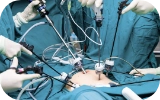 Fertility Enhancing Surgeries - Male
Fertility Enhancing Surgeries - Male Endoscopy Treatment
Endoscopy Treatment IUI Treatment
IUI Treatment IVF Treatment
IVF Treatment ICSI Treatment
ICSI Treatment Advanced IVF Solutions
Advanced IVF Solutions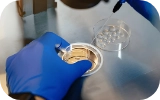 Embryology
Embryology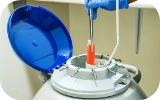 Vitrification Egg, Embryo, Sperm Freezing
Vitrification Egg, Embryo, Sperm Freezing Preimplantation Genetic Testing (PGT)
Preimplantation Genetic Testing (PGT) Donation Program Embryo / Egg / Sperm
Donation Program Embryo / Egg / Sperm Self-cycleTM IVF
Self-cycleTM IVF

 Self-cycleTM IVF
Self-cycleTM IVF